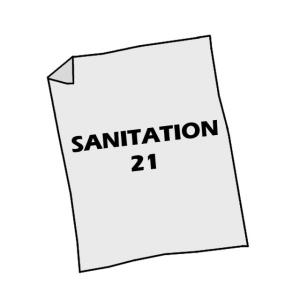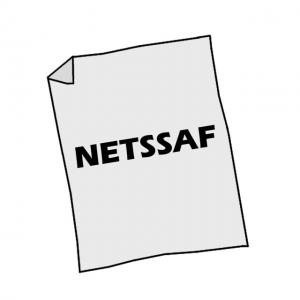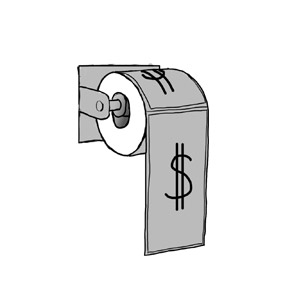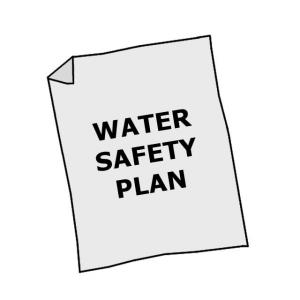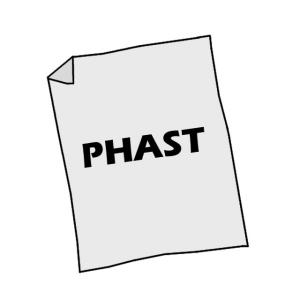Executive Summary
Transfer stations or underground holding tanks act as intermediate dumping points for faecal sludge when it cannot be easily transported to a (Semi-) Centralized Treatment facility. A vacuum truck is required to empty transfer stations when they are full.
| In | Out |
|---|---|
Blackwater, Faecal Sludge, Greywater, Brownwater, Urine or Yellowwater, Faeces, Non-biodegradable Wastewater |
Blackwater, Non-biodegradable Wastewater |
Introduction
Operators of human-powered or small-scale motorised sludge emptying equipment (see Human-Powered and Motorised Emptying and Transport) discharge the sludge at a local transfer station rather than illegally dumping it or travelling to discharge it at a remote treatment or disposal site. When the transfer station is full, a vacuum truck empties the contents and takes the sludge to a suitable treatment facility. Municipalities or sewerage authorities may charge for permits to dump at the transfer station to offset the costs of operating and maintaining the facility.
In urban settings, transfer stations have to be carefully located, otherwise odours could become a nuisance, especially, if they are not well maintained.
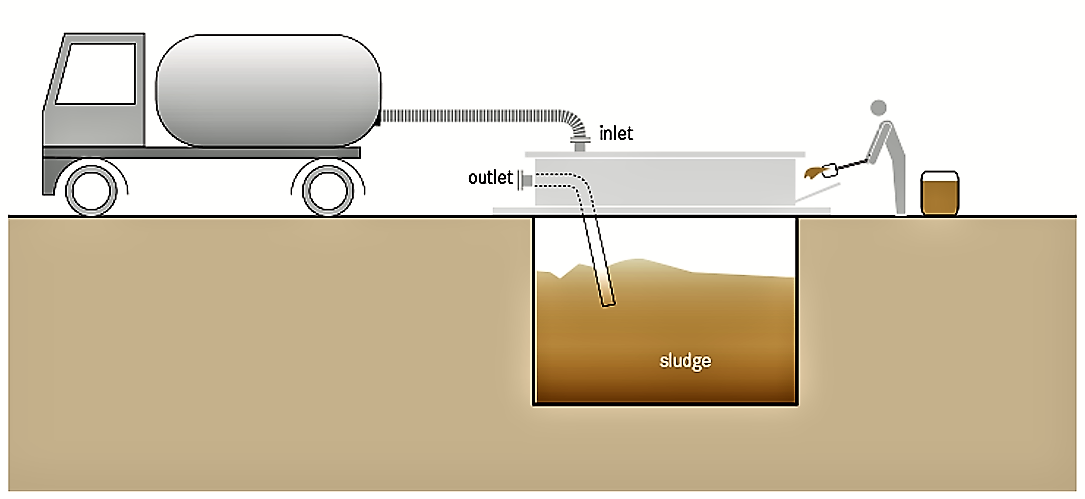
Design Considerations
A transfer station consists of a parking place for vacuum trucks or sludge carts, a connection point for discharge hoses, and a storage tank. The dumping point should be built low enough to minimise spills when labourers manually empty their sludge carts. Additionally, the transfer station should include a vent, a trash screen to remove large debris (garbage) and a washing facility for vehicles. The holding tank must be well constructed to prevent leaching and/or surface water infiltration. A variation is the sewer discharge station (SDS), which is like a transfer station, but is directly connected to a conventional gravity sewer main. Sludge emptied into the SDS is released into the sewer main either directly or at timed intervals (e.g., by pumping) to optimise the performance of the sewer and of the wastewater treatment plant, and/or reduce peak loads.
Transfer stations can be equipped with digital data recording devices to track quantity, input type and origin, as well as collect data about the individuals who dump there. In this way, the operator can collect detailed information and more accurately plan and adapt to differing loads.
The system for issuing permits or charging access fees must be carefully designed so that those who most need the service are not excluded because of high costs, while still generating enough income to sustainably operate and maintain the transfer stations.
Health Aspects/Acceptance
Transfer stations have the potential to significantly increase the health of a community by providing an inexpensive, local solution for faecal sludge disposal. By providing a transfer station, independent or small-scale service providers are no longer forced to illegally dump sludge, and homeowners are more motivated to empty their pits. When pits are regularly emptied and illegal dumping is minimized, the overall health of a community can be significantly improved. The location must be carefully chosen to maximize efficiency and minimize odours and problems to nearby residents.
Operation & Maintenance
Screens must be frequently cleaned to ensure a constant flow and prevent back-ups. Sand, grit and consolidated sludge must also be periodically removed from the holding tank. There should be a well-organized system to empty the transfer station; if the holding tank fills up and overflows, it is no better than an overflowing pit. The pad and loading area should be regularly cleaned to minimize odours, flies and other vectors from becoming nuisances.
Transfer stations are appropriate for dense, urban areas where there are no alternative discharge points for faecal sludge. Establishing multiple transfer stations may help to reduce the incidence of illegal sludge dumping and promote the emptying market.
Transfer stations are especially adequate where small-scale sludge emptying takes place. In big cities, they can reduce the costs incurred by truck operators by decreasing transport distances and waiting times in traffic jams. Local service providers can discharge sludge at transfer stations during the day, while large trucks can empty the tanks and go to the treatment plant at night when traffic is light.
Transfer stations should be located where they are easily accessible, convenient, and easy to use. Depending on their maintenance, odours could become a problem to local residents. However, the benefits gained from them compared to open-air illegal dumping greatly offset any nuisances.
Accra Sewerage Improvement Project (ASIP)
This report describes the Accra Sewerage Improvement Project (ASIP) that will provide two new major sewage treatment plants at Densu Delta and Legon to cover the 2020 horizon. The project will comprise the six compontents: (A) Treatment Plants and Pumping Stations, (B) Sewerage Networks and Sanitation Facilities, (C) Environmental Measures, (D) Institutional Strengthening, (E) Engineering Services, and (F) Project Management.
AFRICAN DEVELOPMENT FUND (2005): Accra Sewerage Improvement Project (ASIP). (= Appraisal Report ). Abidjan: Infrastructure Department Central and West Regions URL [Accessed: 30.07.2014]Faecal Sludge in Accra, Ghana: Problems of Urban Provision
Urban on-site sanitation services present challenges for emptying, transporting, disposing and treating faecal waste. Transfer stations can be used by household-level emptiers to safely dispose of faecal sludge, but they rarely exist. Accra's use of transfer stations has provided an opportunity to research their functioning, as part of broader faecal sludge management arrangements. The paper discusses the benefits offered by use of transfer stations, as well as reasons currently limiting their operation. The paper concludes that correct use of transfer stations can provide improvements for existing faecal sludge management and reduce indiscriminate dumping.
BOOT, N. L. ; SCOTT, R. E. (2009): Faecal Sludge in Accra, Ghana: Problems of Urban Provision. In: Water Science Technology: Volume 60 , 623-631.Business Analysis of Fecal Sludge Management: Emptying and Transportation Services in Africa and Asia
This study maps the urban sanitation situation and assesses business and operating models for fecal sludge management in 30 cities across 10 countries in Africa and Asia, specifically focussing on the extraction and transportation market segments.
CHOWDHRY, S. KONE, D. (2012): Business Analysis of Fecal Sludge Management: Emptying and Transportation Services in Africa and Asia. Seattle: Bill & Melinda Gates Foundation URL [Accessed: 22.07.2014]Faecal Sludge Management
This is the first book to compile the current state of knowledge on faecal sludge management. It addresses the organization of the entire faecal sludge management service chain, from the collection and transport of sludge, to the current state of knowledge of treatment options, and the final end use or disposal of treated sludge. It presents an integrated approach that brings together technology, management, and planning, based on Sandec’s 20 years of experience in the field. It also discusses important factors to consider when evaluating and upscaling new treatment technology options. The book is designed for undergraduate and graduate students, engineers, and practitioners in the field who have some basic knowledge of environmental and/or wastewater engineering.
STRANDE, L. ; RONTELTAP, M. ; BRDJANOVIC, D. (2014): Faecal Sludge Management. Systems Approach for Implementation and Operation. London: IWA Publishing URL [Accessed: 16.07.2014]Guide to Septage Treatment and Disposal
The purpose of this guide is to present practical information on the handling, treatment, and disposal of septage in a concise, recommendations-oriented format for easy use by administrators of waste management programs, septage haulers, and managers or operators of septage handling facilities. The guide is not intended to provide detailed engineering design information.
U.S. EPA (1994): Guide to Septage Treatment and Disposal. (= EPA/625/R-94/002 ). Washingtion D.C.: United States Environmental Protection Agency, Office of Research and Development URL [Accessed: 30.05.2019]
